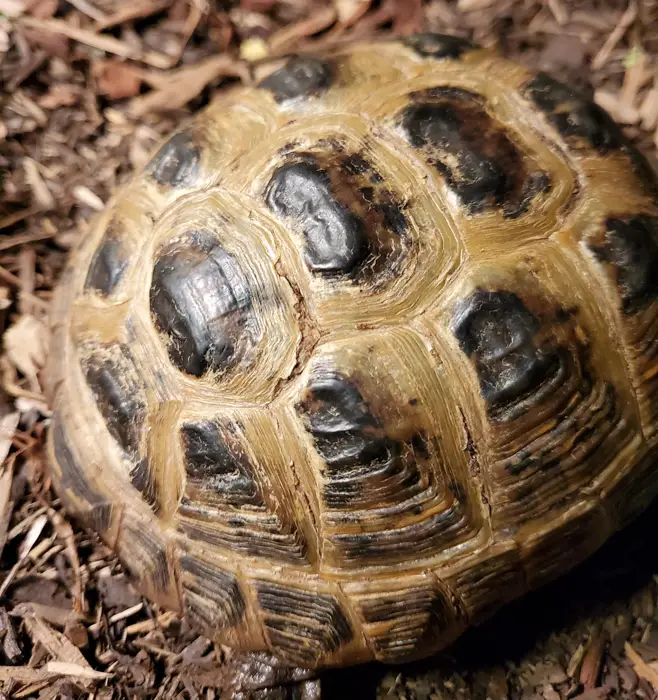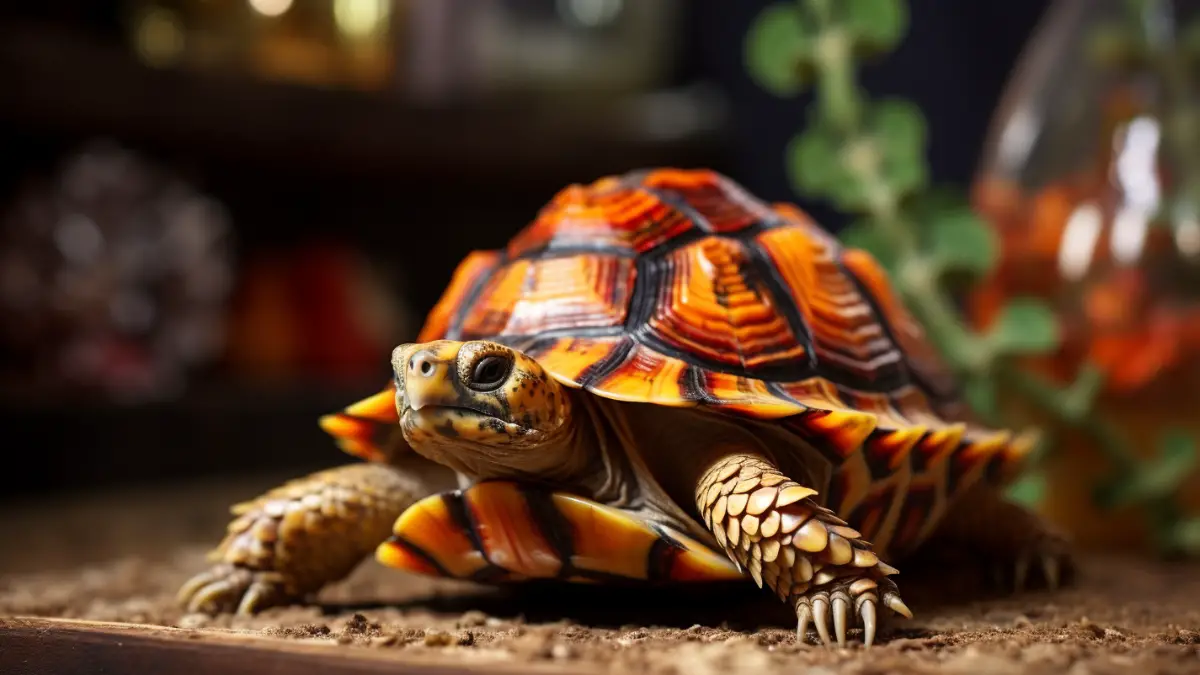Tortoise Shell Rot: Causes, Early Signs, Prevention, Treatment
Shells are an important part of a tortoise’s physiology. It provides them with much-needed protection from the rough and tough environment. Though tortoise shells can have a lot of strength, they are still prone to bacterial infection and other diseases.
A lot of individuals also state that their pet tortoise’s shell might be rotting. Yes, tortoise shells can rot either due to bacterial infection, inadequate hygiene, or poor husbandry. It is curable and requires you to constantly check your pet reptile for any signs of shell decay.
Are you afraid your little friend might be suffering from shell rot? Read on as we explore shell rot and everything you can do to help your reptile buddy.
What Is Tortoise Shell Rot?
Contents
Shell rot is a serious health condition that affects shelled reptiles, especially turtles and tortoises. It is a common term that is used to characterize bacterial or fungal infections in tortoises. Rotting of shell is medically termed ulcerative shell disease, and it targets the upper layer of a tortoise’s shell, which is made of bones and keratin plates.

Rotting can occur at any part of the shell, be it the top part or the bottom. Shell rot can greatly damage your tortoise’s health if not treated on time. An untreated wound can cause further spread of infection, a weakened shell structure, and can also cause your tortoise to linger in pain.
What Causes Tortoise Shell Rot?
As we have mentioned before, Shell rot is caused by bacterial or fungal infection. There are other factors as well, such as physical trauma or the reptile’s living environment.
An unclean environment can be a major constituent of bacterial infection in your reptile buddy. Accumulated dirt, feces, or dead skin cells can promote the growth of bacteria and fungi, which leads to infection. Secondly, a damp environment can be harmful for tortoises as it can soften up their shells and make them more gullible to infections.

Other contributing factors can range from shell injuries, parasitic infection, malnutrition, and stress. These factors create an opening, allowing bacteria to penetrate and infect. Malnutrition and stress can result in a weakened immune system, which makes it hard for the tortoise to fight off infections.
How To Identify Shell Rot? Early Signs And Symptoms
Early Identification of shell rot is essential for fast treatment and preserving the overall quality of your reptile pet’s shell. There are multiple ways you can assess a change in the anatomy of the shell. These may include discoloration, softening, pitting, foul odor, unusual growth, etc.
If you spot coloration on the shell that is different from the usual color of a tortoise, then you need to know something’s wrong. In case of shell rot, there can be yellow, white, or brown patches on the shell.

Other than the color, a spot with a bacterial infection on the shell is usually softer. Gently pressing the shell to inspect for soft patches can also help to determine damage. Softened shells can also cause pitting, which is another symptom of shell rot.
Lastly, a few things for you to look out for are unusual growth of the shell, foul odor, decrease in activity, and loss of appetite. You should monitor your tortoise’s activity daily to ensure none of these symptoms are showing up.
How Can You Treat Tortoise Shell Rot?
Treating a shell rot requires you to take a lot of care and pay attention to your little pet’s needs. You can choose to treat it at home, and if the wound is bad, it is best to take the pet tortoise to the vet.

Treating Tortoise Shell Rot At Home
Follow the steps below to effectively treat your pet tortoise’s shell rot.
Step 1: Isolate the tortoise to stop the infection from spreading to other tortoises that you may have. Make sure that the new habitat is clean and not damp to prevent the infection from getting worse.
Step 2: Clean the tortoise’s shell completely with a clean cloth. You can also bathe your tortoise with lukewarm water, not more than 30 degrees Celsius. It helps to clean up the shell and speed up healing.
Step 3: Air dry your tortoise’s shell. Ensure that there is no dampness left behind. Use an antiseptic lotion to further clean the wound with a cotton swab. Make sure that you are gentle.
Step 4: Use an anti-infectant or anti-fungal cream endorsed by a vet to speed up the healing process.
Step 5: You need to provide the tortoise with a nutritious diet to support its immune system. Keep monitoring the wound until it heals.
Do remember that it is best to take your pet tortoise to a vet in case you spot a bacterial infection. The condition can worsen internally and only be diagnosed in the clinic.

Conclusion:
Tortoiseshell rot can be a very painful ailment for your pet tortoise. Caused by bacterial and fungal infections, it is very easy to prevent if you follow a strict hygiene routine. Always monitor your tortoise’s behavior and their shell.
Taking swift action whenever you spot something unusual on their shell can help you treat it faster and cause less pain to your pet. We hope this guide is useful for you to help treat and prevent shell rot in your tortoise.

